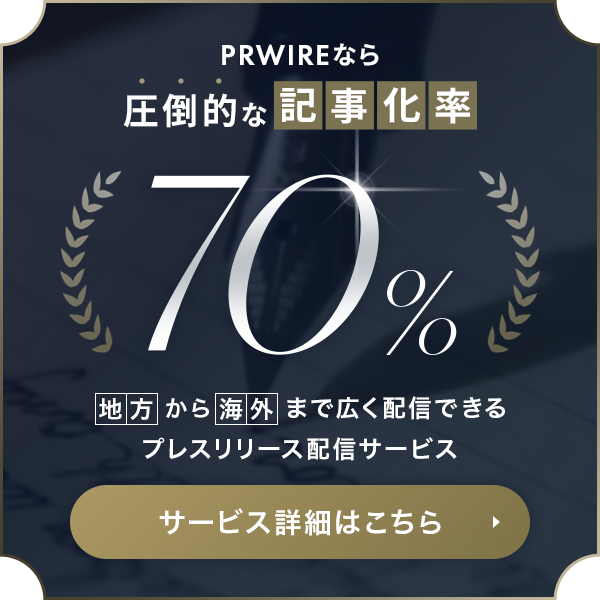Waseda Egyptologists discover 3000 year-old tomb
A team from the Waseda University Institute of Egyptology discovered a previously unknown tomb near Luxor. The beautifully decorated tomb, built for a man with the title of Royal Scribe, is thought to date from the Ramesside period (c. 1200 BCE).
2017-2-2
Waseda University
Tomb of the Royal Scribe
A team led by Waseda University Professor Jiro Kondo discovered a previously unknown tomb in the Theban necropolis in Egypt. The beautifully decorated tomb is thought to date to the Ramesside period (c. 1200 BCE) based on stylistic characteristics. The tomb was built for a man named Khonsu with the title of Royal Scribe.
In the almost 200-year history of Egyptology, innumerable tombs have been found and identified by owner's name and title, so it was thought that further finds would be rare. However, this discovery raises hopes that more previously unknown tombs may still be found in the Luxor area.
A hole was discovered while cleaning the forecourt of the tomb of Userhat (TT 47), a high official under Amenhotep III. The hole led to the transverse hall of the tomb of Khonsu.
Khonsu's tomb has a T-shaped plan with an east-west main axis and the entrance facing east, currently covered with debris. The tomb measures approximately 4.6 m east to west from the entrance to the rear wall of the inner chamber, and approximately 5.5 m from north to south across the transverse hall.
On the north wall of the entrance area is a carved picture showing the solar boat of the god Ra-Atum being worshipped by four baboons in poses of adoration. Adjacent to these images, in hieroglyphics inscribed vertically, Khonsu is called "true renowned scribe." On the southern part of the eastern wall in the transverse hall, Khonsu and his wife are shown worshipping the gods Osiris and Isis. Behind Khonsu and his wife is a depiction of two ram-headed deities, probably Khnum or Khnum-Re.
On the northern part of the eastern wall in the transverse hall, the seated figures of the gods Osiris and Isis are depicted in the upper register, but the upper part of their bodies is broken. In the lower register of the same wall, a painting shows the fellows of the tomb owners. Most of the paintings on the western wall of the transverse hall are not visible.
On the southern wall by the hole to Userhat's tomb, there are vertical inscriptions near the ceiling, bearing the name Khonsu and title Royal Scribe. The frieze pattern near the ceiling is in a typical khekher style of the Ramesside period. The ceiling decorations are generally in better condition than the wall paintings.
Entry to the inner chamber is currently obstructed by piles of stone blocks, but the researchers expect to find more wall paintings inside.
About the Waseda University Institute of Egyptology
Waseda began surveys in Egypt in 1966, obtaining official permission for excavations in 1971. The Institute continues to conduct excavations each year from its Waseda House base in Luxor.
本プレスリリースは発表元が入力した原稿をそのまま掲載しております。また、プレスリリースへのお問い合わせは発表元に直接お願いいたします。
このプレスリリースには、報道機関向けの情報があります。
プレス会員登録を行うと、広報担当者の連絡先や、イベント・記者会見の情報など、報道機関だけに公開する情報が閲覧できるようになります。
このプレスリリースを配信した企業・団体

- 名称 早稲田大学
- 所在地 東京都
- 業種 大学
- URL https://www.waseda.jp/top/
過去に配信したプレスリリース
データマーケティングを起点とした事業開発の産学連携について
12/25 10:00
平常時と非常時の両方で活躍する「フェーズフリーロボット」の研究開発を開始
12/24 11:00
海外からの直接投資が起業に与える正負の影響
12/23 10:00
アルツハイマー病において成体神経新生が減少するメカニズムに新たな知見
12/12 10:00
3分30秒の軽運動で子どもの認知機能や気分が向上
12/11 14:00
生活習慣の組み合わせで児童の体力に違い
12/5 11:00
MRIと簡便な体幹筋機能のスクリーニングで“腰椎分離症”の特徴を解明
12/4 11:00
70~74歳の医療「2割負担」で医療費は減少、健康悪化は確認されず
12/2 10:00















